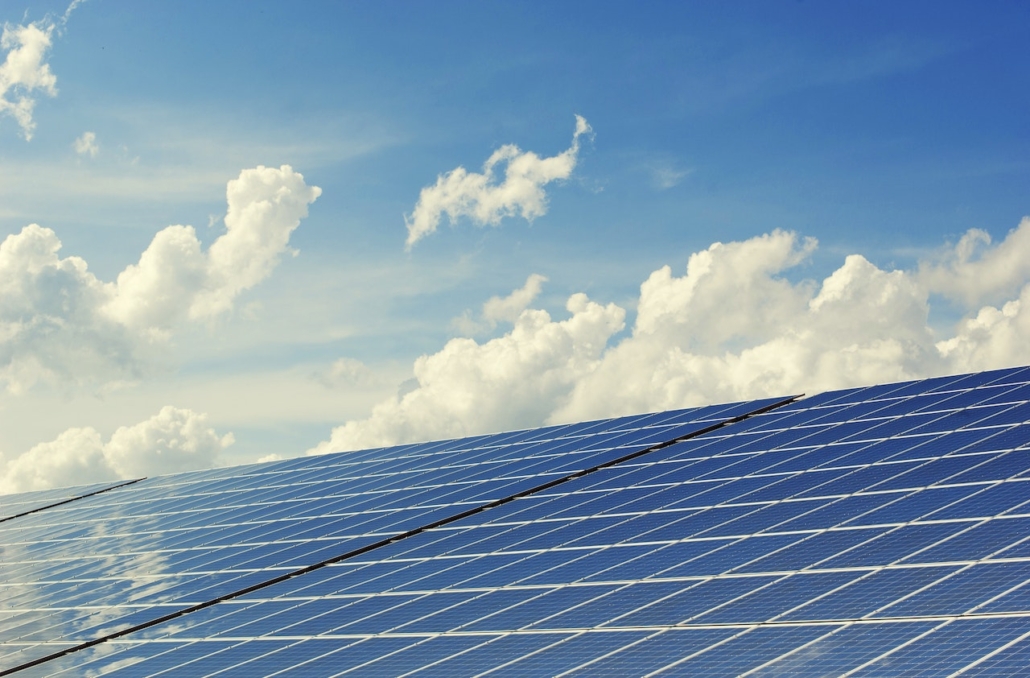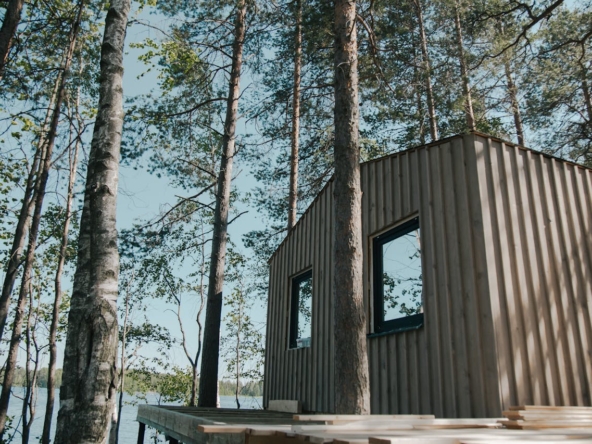In recent years, the prefab home building industry has been revolutionizing the way we construct and design houses. From their early beginnings to modern-day advancements, prefab homes have come a long way. In 2025, this innovative sector is experiencing unprecedented growth, driven by technological advancements, sustainable solutions, and design flexibility. This blog post takes an in-depth look at the state of the prefab home building industry, exploring its evolution, advanced manufacturing techniques, sustainable practices, customization options, and future prospects.
The Evolution of Prefab Homes
Prefab homes have a rich history, dating back to the early 20th century when companies like Sears, Roebuck and Co. offered mail-order houses. However, in recent years, the industry has witnessed significant advancements. Technological innovations and design breakthroughs have transformed prefab homes into cutting-edge solutions for the modern homeowner. Today, prefab homes are no longer limited to basic designs but offer a diverse range of architectural styles and customization options.
Advanced Manufacturing Techniques
At the heart of the prefab industry’s success lies the implementation of advanced manufacturing techniques. 3D printing, robotic assembly, and modular construction have revolutionized the construction process, improving efficiency, reducing costs, and enhancing quality control. These techniques allow for precise and rapid construction, making prefab homes a viable solution for those seeking quicker build times without compromising on quality. Notable projects, such as skyscrapers and residential complexes, have showcased the potential and versatility of advanced manufacturing techniques in the prefab home building industry.

Sustainable and Energy-Efficient Solutions
In an era where environmental consciousness is paramount, prefab homes have emerged as a solution that addresses sustainability and energy efficiency. With the use of eco-friendly materials, efficient insulation systems, and renewable energy sources, prefab homes achieve higher energy ratings, reduce carbon footprints, and contribute to a more sustainable future. By integrating features like solar panels, rainwater harvesting systems, and smart home automation, the prefab homes industry is leading the way in environmentally conscious living.
Customization and Design Flexibility
One misconception about prefab homes is that they lack design flexibility and are limited to cookie-cutter designs. However, in 2023, the industry has shattered this stereotype. Prefab homes now offer a wide range of design options and customization opportunities. Architects, designers, and manufacturers collaborate closely to create unique and personalized prefab homes that cater to individual tastes and preferences. From contemporary designs to traditional aesthetics, prefab homes showcase the creative potential and design flexibility of the industry.
Challenges and Future Prospects
Despite the remarkable progress made by the prefab home building industry, it faces several challenges. One major hurdle is changing public perception, as some still associate prefab homes with low-quality structures. Additionally, regulatory frameworks and the need for skilled labor pose challenges to the industry’s growth. However, efforts are underway to overcome these obstacles. Industry associations, policymakers, and educational institutions are collaborating to raise awareness, improve regulations, and develop training programs. The future prospects for the prefab industry are promising, with the potential for continued growth, technological advancements, and the integration of artificial intelligence and automation in the construction process.
The prefab home-building industry has come a long way and stands at the forefront of innovation in the housing sector. With its evolution, advanced manufacturing techniques, sustainable solutions, customization options, and future prospects, prefab homes are reshaping the way we build and live. They offer efficient, sustainable, and aesthetically pleasing housing solutions that meet the needs and desires of modern homeowners.



